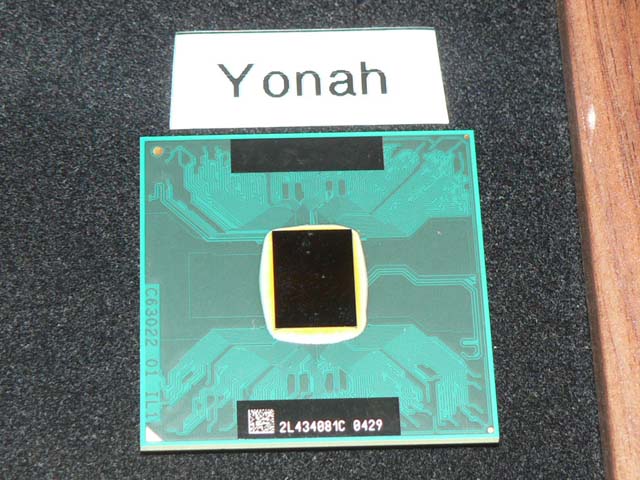
INTEL HAS A naming problem again, and it is not one that is easy to pigeonhole. The problem is that if you buy a chip, it theoretically runs at a distinct clock rate, and that is that. If you want to save power, you can run it slower also, but that is an option. What happens when a chip automatically runs faster, briefly? How do you market it?
Lets take the auto-overclocking in Yonah for example. If you buy a CPU at 2.16GHz, you expect it to act like the rest of the 2.16GHz CPUs. If that CPU can ramp up to 2.33 when circumstances permit with the laptop equivalent of Foxton, how fast is it? 2.16 or 2.33? Before you write to say it is a model T243-7aR//763T243-7aR//763, please choke on something before you put your fingers on the keyboard.
Now, to make matters worse, what do you do if production variances mean that CPU1 will spend 10 per cent of its life OC'd, and CPU2 will be there 20% of the time? Is CPU 1 binned at a higher spec than 2? Is it marketed as faster? What about when you add in a laptop with a more efficient cooling system, are the CPUs in each one still the 'same' since the environment affects the cores in a measurable way?
For decades, chip performance was only based on clock speed (at least in the public's mind). Now with cache issues, architecture, and dual cores, naming chips has gotten, confusing to say the least. Now if we add in autooverclocking, it will be forever muddled. Maybe we should just give it a name: Intel Camaro anyone?
From The Inquirer.
No comments:
Post a Comment